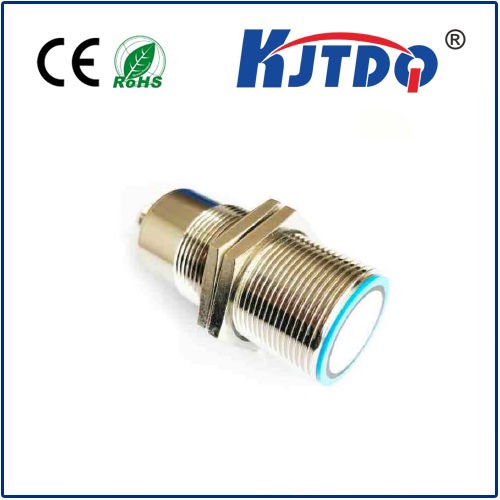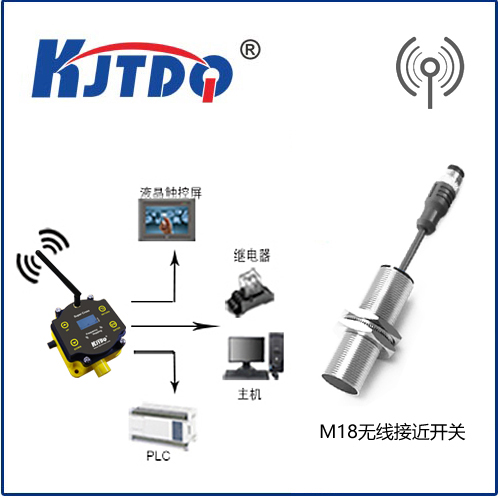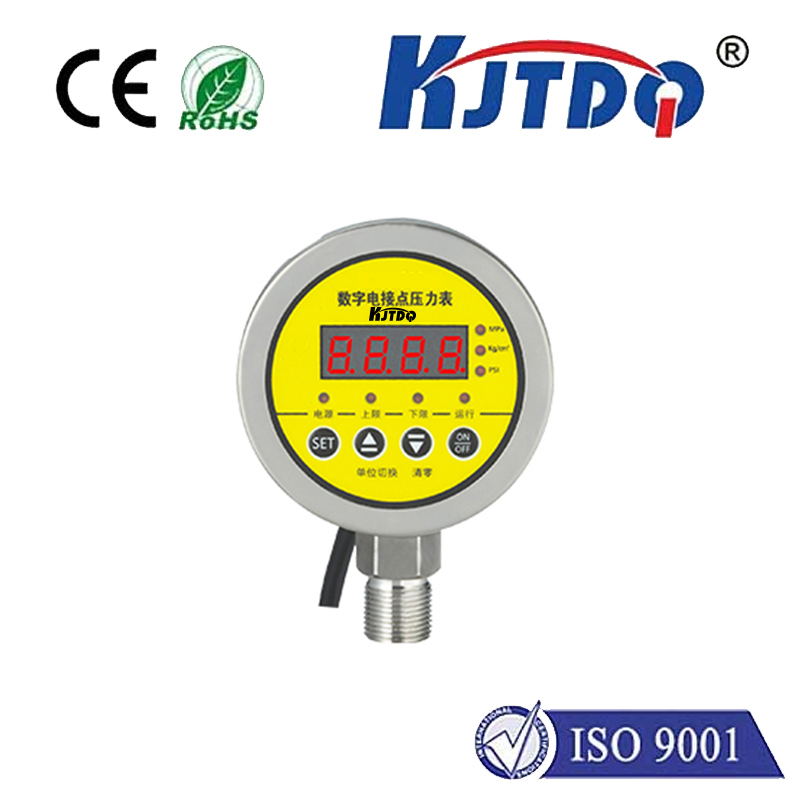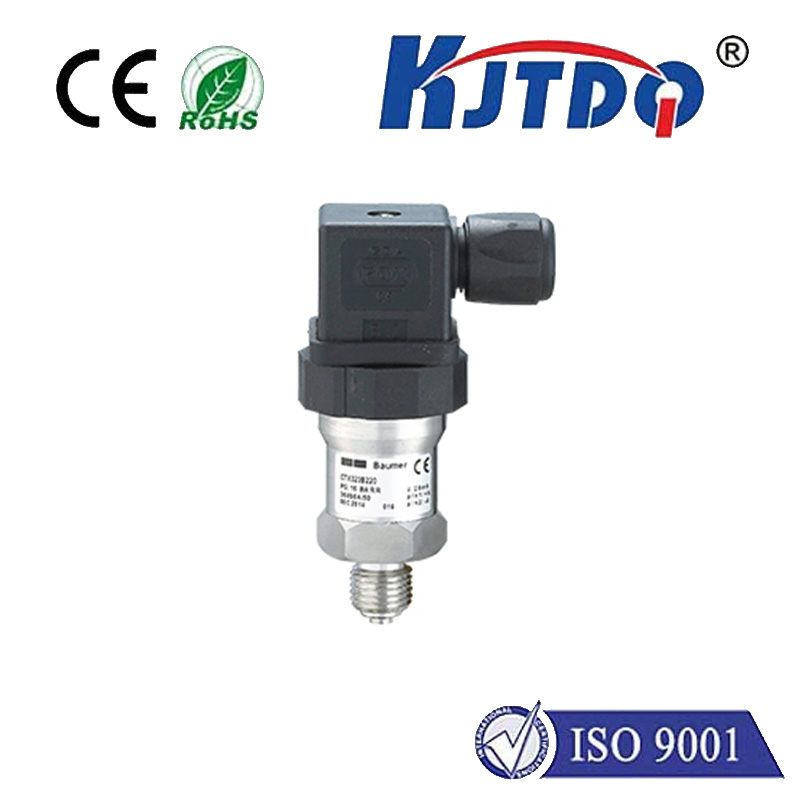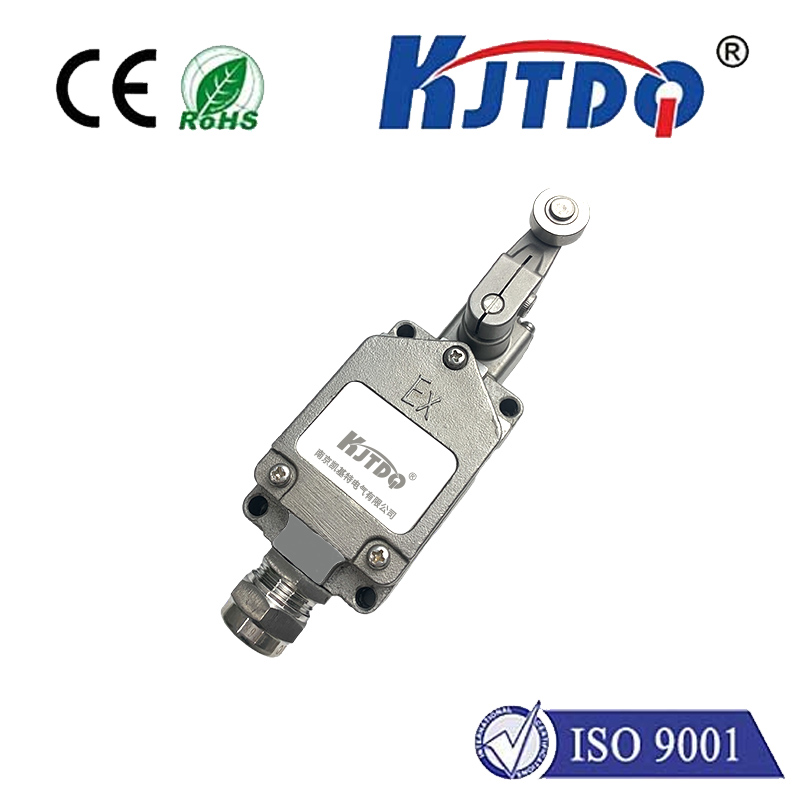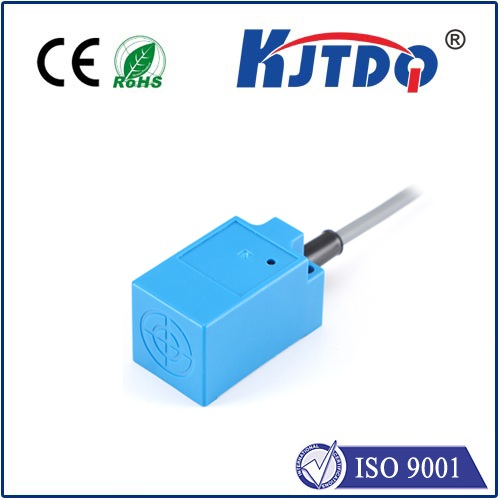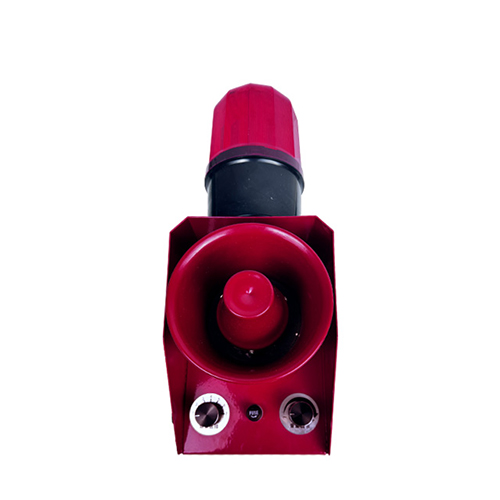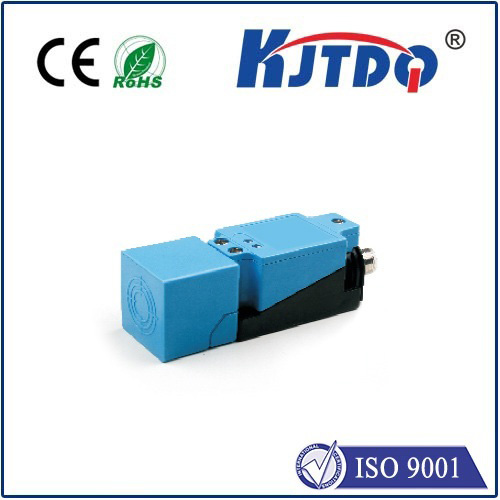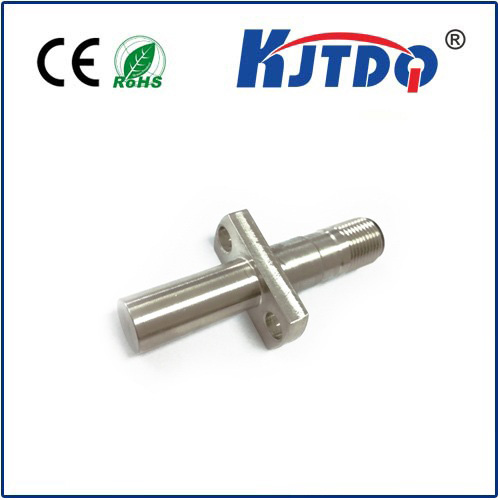ограничитель конвейера
- time:2025-08-04 12:18:17
- Нажмите:0
Conveyor Belt Limit Switches: The Unsung Heroes of Industrial Safety and Efficiency
In the relentless hum of a modern factory or warehouse, miles of conveyor belts effortlessly transport materials, packages, and products. This seamless flow, however, is underpinned by a network of critical, often overlooked safety and control mechanisms. Among the most vital are conveyor belt limit switches. These unassuming devices serve as the essential eyes and ears of the system, safeguarding personnel, protecting expensive machinery, and ensuring operational continuity. Understanding their function and importance is key to optimizing any conveyance operation.
What Exactly is a Conveyor Belt Limit Switch?
Put simply, a ограничительный переключатель is an electromechanical device strategically placed along a conveyor system to detect the presence, absence, position, or end-of-travel of an object or the conveyor belt itself. It acts as a binary sensor: when activated by physical contact (or proximity, in non-contact variants), it changes its electrical state, sending a signal to the conveyor’s control system. This signal can trigger actions like stopping the conveyor motor, reversing direction, activating alarms, or initiating another sequence within the production line. They fundamentally act as safety interlocks and position verification points.
The Diverse World of Limit Switches: Choosing the Right Sentinel
Not all conveyor belt limit switches are created equal. Selection depends heavily on the application, environment, and required function:

- Mechanical/Position Limit Switches: The most traditional type utilizes a physical lever, roller, or plunger. When the conveyor belt, a moving part, or a product physically contacts and moves this actuator beyond a set point, the internal contacts snap open or closed.
- Общее назначение: Detecting belt over-travel at the end of pulleys, verifying gate positions, confirming diverter arm locations, acting as emergency stop pull-cords.
- Non-Contact Sensors: Increasingly popular due to lack of wear and suitability for harsh environments.
- Inductive Proximity Sensors: Detect metal objects without contact. Ideal for sensing metal components on the belt or metal machine parts.
- Capacitive Proximity Sensors: Detect both metallic and non-metallic materials (plastics, wood, liquids) based on changes in capacitance.
- Photoelectric Sensors (Photoeyes): Use light beams (visible or infrared) to detect presence, absence, or position of objects interrupting the beam. Highly versatile for various product types.
- Общее назначение: Product counting, jam detection, verifying product height/position, ensuring pallets are correctly placed before transfer.
- Specialized Variants: Includes roller plunger switches for direct belt tracking, cable-pull emergency stop switches for long conveyor runs, and high-temperature variants for demanding processes.
Core Functions: Why Your Conveyor System Relies on Them
The integration of limit switches delivers indispensable benefits:
- Essential Safety: This is paramount. Switches prevent catastrophic damage caused by belt over-travel, which can lead to belt derailment, motor burnout, or structural damage. They form critical parts of emergency stop circuits, allowing immediate shutdown at multiple points along long conveyors via pull-cord switches. They also safeguard personnel by ensuring equipment like access hatches or guards are securely closed (safety interlock) before the conveyor can operate.
- Over-Travel Prevention: Specifically positioned at the conveyor head and tail pulleys, conveyor belt limit switches detect if the belt drifts beyond its designed travel path. Activation immediately cuts power to the drive motor, preventing severe belt damage and costly downtime.
- Position Verification & Control Logic: Switches provide precise feedback on component location. Is a diverter arm fully extended or retracted? Is a lift or transfer mechanism at its home position? This verification is critical for automated sequences to proceed safely and correctly.
- Product Handling & Flow Control: Photoeyes or proximity sensors track product presence, enabling functions like stopping accumulation conveyors when a downstream line is full, triggering reject arms for defective items, or initiating automated sorting based on position detection. This optimizes material flow and prevents jams.
- Reduced Downtime & Maintenance Costs: By preventing collisions, overloads, and belt misalignment damage, limit switches significantly reduce unplanned downtime and expensive repairs. Early detection of issues like jams prevents cascading failures.
Selecting and Implementing the Right Limit Switch: Key Considerations
Choosing the optimal ограничитель конвейера requires careful thought:
- Environment: Consider dust, moisture, chemicals, temperature extremes, and potential impacts. IP (Ingress Protection) ratings are crucial. Washdown environments demand stainless steel and high IP ratings.
- Mounting Location & Accessibility: Can it be easily installed and accessed for maintenance? Will it be exposed to physical damage?
- Actuation Method: Does the application require physical contact (lever, roller) or is non-contact sensing (inductive, capacitive, photoelectric) more suitable? What force is required for mechanical switches?
- Duty Cycle: How frequently will the switch be activated? High-cycle applications need robust construction.
- Output Signal: What type of signal (e.g., NPN, PNP, relay contact) is compatible with the existing control system?
- Safety Integrity Level (SIL): For critical safety interlock functions, switches certified to specific SIL levels may be required.
Maintenance: Ensuring Reliable Performance
Like any critical component, conveyor belt limit switches need attention:
- Regular Inspection: Visually check for physical damage, loose mounting, exposed wires, and buildup of dirt or debris that could impede actuator movement or block sensor beams.
- Cleaning: Especially important for optical sensors and mechanical actuators in dusty/dirty environments.
- Functionality Testing: Periodically trigger the switch manually (where safe) to verify it sends the correct signal to the control system and triggers the intended action (e.g., conveyor stop). Document these tests.
- Actuator Check: Ensure levers or rollers move freely without binding. Lubricate per manufacturer’s instructions, if applicable.
- Replacement: Don’t wait for failure. Proactive replacement based on lifecycle or observed wear is cheaper than unplanned downtime.
Where They Shine: Industry Applications
Conveyor belt limit switches are ubiquitous across sectors reliant on material handling:
- Warehousing & Distribution: Controlling sorters, verifying chute positions, activating stops on accumulation lines, emergency pull cords.
- Производство: Ensuring component presence for assembly, detecting jams in production lines, safeguarding robotic cell access.
- Mining & Aggregates: Preventing catastrophic belt over-travel on long, high-tension conveyors, detecting belt slippage.
- Food & Beverage: Sanitary photoeyes for product counting/capping, position switches on fillers and labelers, washdown-rated emergency stops.
- Airport Baggage Handling: Controlling diverters, verifying cart positions, emergency stop networks.
These unassuming components are fundamental to the safe, efficient, and predictable operation of virtually every conveyor system. From preventing multi-million dollar belt failures through over-travel prevention to ensuring worker safety with safety interlocks, the ограничитель конвейера truly is an indispensable, though often unseen, pillar of industrial automation. Proper selection, installation, and maintenance are investments that pay continuous dividends in operational reliability and safety.








